The Complete Hiking Packing List: 20 Must-Have Things for Comfortable Hiking Trip
categories: UncategorizedWhether you’re planning a short hike in California or a week-long trek across the Camino de Santiago route, you need to prepare well to make it. Plan your journey beforehand and check out the guide to climbing Mt Kilimanjaro if you’re set on conquering that mountain. It’s considered to be the easiest of the Seven Summits, so it’s a great destination for a first long-distance hike.
The route is not the only thing you should plan. You should also plan your backpack content with a good hiking packing list. Forgetting to take some things with you may make your hike extremely uncomfortable. Forgetting others may make it potentially dangerous.
Here’s what you have to take with you to ensure a comfortable and safe trip that’s going to make you wonder at the beauty of nature, not wanting to get back to civilization.
Table of contents: ()
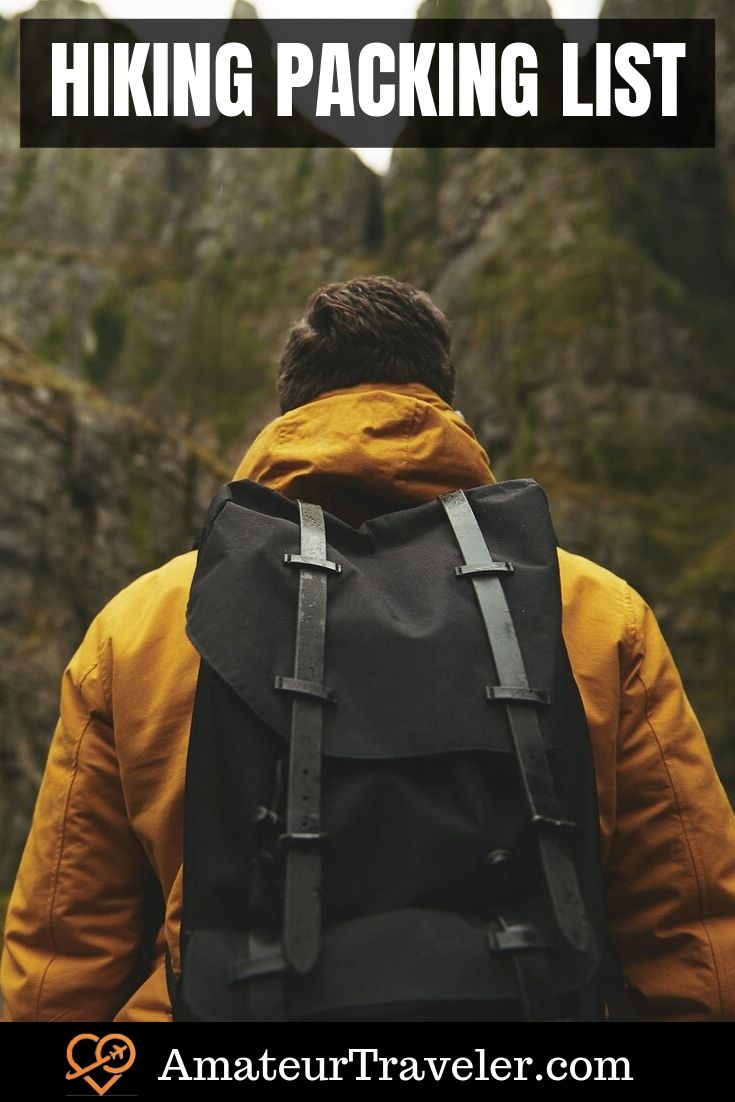
- Proper day clothing
- A way to navigate
- Knife or a multitool
- Hand sanitizer
- Hydration
- Backpack
- Food supply
- Cooking utensils
- Fire kit
- Camping stove
- First-aid kit
- Additional clothing
- Sleeping bag
- Sleeping pad
- Tent
- Sun protection
- Flashlight or headlamp
- Power bank or a solar battery
- Sanitation kit
- Garbage bags
- Conclusion
Proper day clothing
In conditions where you can’t get into the nearest shop to warm up or catch a taxi home if your feet are sore, your clothing will define your hike. Think ahead about the weather conditions you’re going to be in and prepare accordingly.
If you’re going to be hiking in summer, your list of clothing should include a quick-dry T-shirt, a pair of sturdy shorts, and a camp hat. You can take a baseball hat, but it’s better to get yourself a boonie hat with wide brims that would protect both your face and neck.
If you’re hiking in colder temperatures, you’ll need to dress in layers to avoid losing body heat. At the very least, you should wear an undershirt, a fleece jacket, and a hardshell jacket for late fall hiking.
No matter the weather, you need a pair of sturdy hiking shoes. You can repurpose your regular shoes for a hike, but make sure the shoes match the route. If you’re going on a mountain adventure, the sole has to grip hard into the ground, and the shoe must have adequate ankle support. If you’re planning a week-long journey mostly along trails without much up or downhill, you may want to wear your running shoes because of the comfort they provide.
For longer mountain hikes, you’d be better off investing in a pair of shoes specifically designed for the activity. Especially so, if we’re talking about cold-temperature hikes.

Image by Free-Photos from Pixabay
A way to navigate
Navigation is important since you can’t ask for directions in the woods. If you get lost, it can take hours to trace your steps and get back on the right track.
The most basic way to navigate is to have a copy of the map of the area you’re hiking in and a compass. These two pieces of gear can’t fail. Sadly, you can. It takes a lot of skill and practice to use a map and compass correctly. Not many hikers have the time to develop them before they start an adventure.
The easy way to navigate is just using your smartphone. Most mobile phones today are more than capable of catching GPS signals, even without a cell network. Download the map of the nearby area, and you’ll be able to tell precisely where you are and where you need to go.
For more advanced navigation, get a GPS device. These may be more reliable and long-lasting, especially if your phone has poor battery life.
Knife or a multitool
While most of us are not as apt as Bear Grylls may be at surviving in the woods with nothing but a knife, few can manage without it. You’ll need a knife for a lot of important tasks from opening canned foods to digging a hole to dispose of that food once your body is done processing it. Here are the other uses of a knife in the wilderness:
- Cutting down shrubs to make space for camp
- Splitting small logs
- Making wood shavings to serve as timbre
- Cutting food
- Eating food with it if you’ve forgotten cutlery
- Sharpening a branch to toast marshmallows
Most things that a knife helps you with are even easier with a multitool.
Hand sanitizer
We’re afraid of encountering a bear or a wild boar in the woods, but we often forget about the microscopic wildlife that can be as dangerous. Germs are everywhere, even the cities are full of them, but they’re more dangerous in the wild.
Not to say there are plenty of rare diseases out there in the woods, it’s just that you’re more likely to skip washing your hands when you’re starving after a long hike. Carry a hand sanitizer with you and use it every time you eat something. It’s the number one way to prevent multiple diseases.
Hydration
A long hike is challenging enough, but it becomes even more of a challenge if you’re energy is low because of dehydration. This is why you should think about staying hydrated before you set out on a journey across the wilderness.
If the places you’re going to travel across have plenty of clean, drinkable water, you may be able to get by with a 2-liter water bottle you can buy at any store. You also gain extra points for being environmentally friendly and reusing plastic instead of throwing it away.
Are you sure that the water is drinkable though? Not all clear water from streams is, so it may be wiser to get a metal flask that you can boil water in. One minute of boiling will kill most bacteria and make the water safe to drink.
Plastic will crumble under the heat of boiled water if you attempt to pour it into your regular water bottle, so metal is the best way to go. If you’re not sure you can have regular stops to boil water, take plenty of water purification tablets with you.
The most convenient way to drink water is the hydration pack. You strap it on your back and drink from a straw, sip by sip. It’s not a must-have item, but it can be rather handy if you’re using trekking poles and your hands are busy.
Backpack
A good backpack is one of the most important elements of your gear. If it’s bad, your trip will be a nightmare. If it’s not the right size for your trip, it will be either cramped or will let your possessions roll around in it, throwing you off balance. If it’s not fitted properly, it will start chafing. If it tears in the middle of nowhere, you’re screwed.
Get yourself a sturdy backpack that fits the duration of your trip. If you’re planning on carrying over 5 kilograms, a hip belt is a must. Without it, your shoulders will be sore in an hour.
Make sure you pack your backpack light and adjust it so it’s easier to carry.
Food supply
Many hikers, both novice and advanced, share this one feature. Their appetite decreases while they’re on the trail. While there’s little consensus on why this happens, one thing is certain. Following your instinct and not eating enough may leave you without energy.
Pack plenty of foods rich in carbs and fats to fuel your long trip. Take a bit more what you’d normally eat during the day to make sure you don’t run out of food if something spoils or you have to share it with your mates.
The food itself will be downgraded though. No spaghetti and meatballs. For now, you’re going to be eating carbs-rich grains like rice or oatmeal, canned meat, and instant noodles. Take plenty of snacks to fill up on the go as well. Energy bars, nuts, and chocolate are perfect for this.
Here’s a pro tip: if you want to be weight-efficient, swat canned meat for dehydrated meat. Jerky takes up less space and weighs less than a can of tuna.
Cooking utensils
Depending on the duration of your trip and the number of people who accompany you, you’ll need appropriate cooking utensils. Take a 5-liter campfire pot for every 5 people in the group. If you’re hiking solo, a 500-milliliter pot will suffice.
Fire kit
If you’re not a bushcraft master, you’ll need some tools to make a fire. A box of windproof matches or a lighter will do just right. Take some improvised timber like toilet paper or cotton to make sure the fire starts well in damp weather. If you want to be on the safe side, you can use BBQ lighter fluid for that.
Camping stove
Don’t want to waste your time foraging for wood or don’t think there’ll be enough dry timber around for a good fire? Take a gas stove and a camping gas tank to make your food. Buy a stove that has wind protection if you’re hiking during rainy or windy days.
Note that most portable stoves won’t hold 5-liter pots, so you’ll need to bring at least one for every three people and equip with smaller cooking utensils.
A typical gas canister will last for about 3 hours. With the maximum time it takes to make a meal being around 10 minutes, it will last for 18 meals. Do your math, and take enough gas tanks with you.
First-aid kit
Don’t even go on a hike, not even a short one, without a first-aid kit. Here’s the minimum that you need to take with you:
- Bandaids
- Blister treatment
- Antibacterial wipes
- Mild painkillers
- Anti-diarrheal meds
- Bug repellant
- Space blanket
Pro tip: add a needle and sturdy thread to your medkit to use for repairs.
Additional clothing
In the wilderness, you won’t stand a fighting chance with an umbrella. Take a rain poncho and a backpack rain cover. Keep them handy so you gear up fast once the rain starts.
Take an extra layer of warm clothing if the evenings tend to be chilly, and include warm socks and flip flops or crocs for the camp. You’ll find it relieving to let your feet rest from the hiking shoes.
Sleeping bag
An insulated sleeping bag is essential for both your comfort and survival. Get a bag that’s a couple of degrees warmer than the temperatures you’re expecting to encounter.
Don’t waste your money on a super-lightweight one, though. Instead, invest a few dozen bucks in a compression bag.
Sleeping pad
For sleeping pads, it’s better to get an inflatable one. It’s way easier to carry and it provides plenty of comfort since air is great insulation.
If you don’t need to keep the weight of your backpack to the minimum by any cost, you can simply take your yoga mat. It can be a bit unwieldy once strapped to the backpack, though.
Tent
While you can get by with just a hammock and a small tent in warmer weather, once it starts to get colder or rains heavily, you definitely need a tent.
A sturdy, two-layer tent that will keep wind and rain away doesn’t just cost a lot, it weighs a lot. Consider unpacking it and sharing some of that weight with friends if you’re not traveling alone.
Sun protection
You can neglect this piece of gear while traversing dense woods, but the higher you go, the more sun radiation you encounter. At extreme heights, you’ll get a sunburn within minutes if you don’t have proper sun protection.
Always wear hiking glasses and apply an SPF 30+ sunscreen every 2 hours.
Flashlight or headlamp
Getting lost in the woods past sunset can be rather dangerous. Don’t rely on your smartphone flashlight, it’s too weak for hiking. Get an LED flashlight or headlamp, and keep spare batteries handy.
Power bank or a solar battery
Having a source of power is not only essential for charging your camera, but it will also keep you safe by charging your GPS. A 10,000 mAh power bank will be more than enough for charging your phone during a two-day trip. For longer trips, it’s better to take a solar battery too.
Take weather conditions into account when deciding what gear to take. Solar batteries do work when it rains, but slower. And being exposed to rain for hours just to charge your smartphone doesn’t make for a great experience.
Sanitation kit
Exploring the mountains doesn’t mean you have to live like a caveman. Here’s what you need to keep fresh on the trail:
- Toilet paper
- Quick-dry towel
- Toothbrush
- Biodegradable toothpaste
- Biodegradable soap
- Biodegradable wipes
- Biodegradable detergent
When you’re choosing the wipes, make sure they’re 100% made of organic components. If there’s some plastic in them, it will only turn into microplastic. You won’t see the wipe laying around, but the microscopic bits of plastic will eventually end up inside of local plants.
Garbage bags
Regular garbage bags become multifunctional in the wilderness. You can keep your dry clothes in them to make sure they stay dry and keep the dirty ones in a bag until you wash them. A sealable garbage bag is a perfect place to wash the clothes as well. A couple of them can be a makeshift rain gear.
After all, you can use the garbage bags for their original purpose, store garbage you create during the hike.
Conclusion
This list includes 20 items, big and small, that are essential to any hiking trip that lasts more than a day. Pack your backpack light, make it balanced, and check each piece of gear at home before you use it in the wilderness. This will make your journey a great experience.
One Response to “The Complete Hiking Packing List: 20 Must-Have Things for Comfortable Hiking Trip”
Leave a Reply
Tags: article, backpacking, hiking, packing, trekking



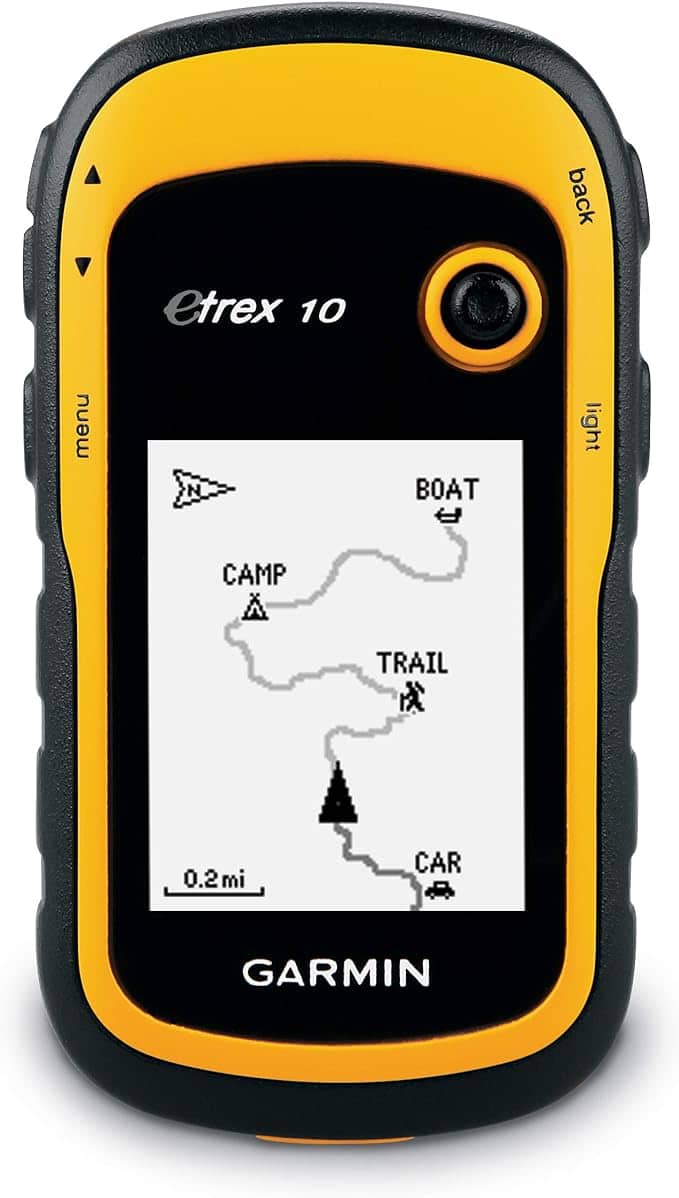

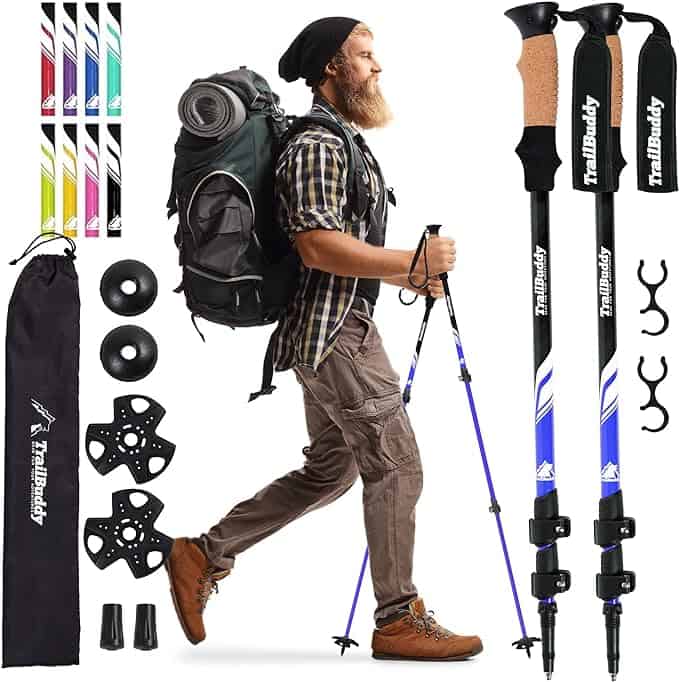

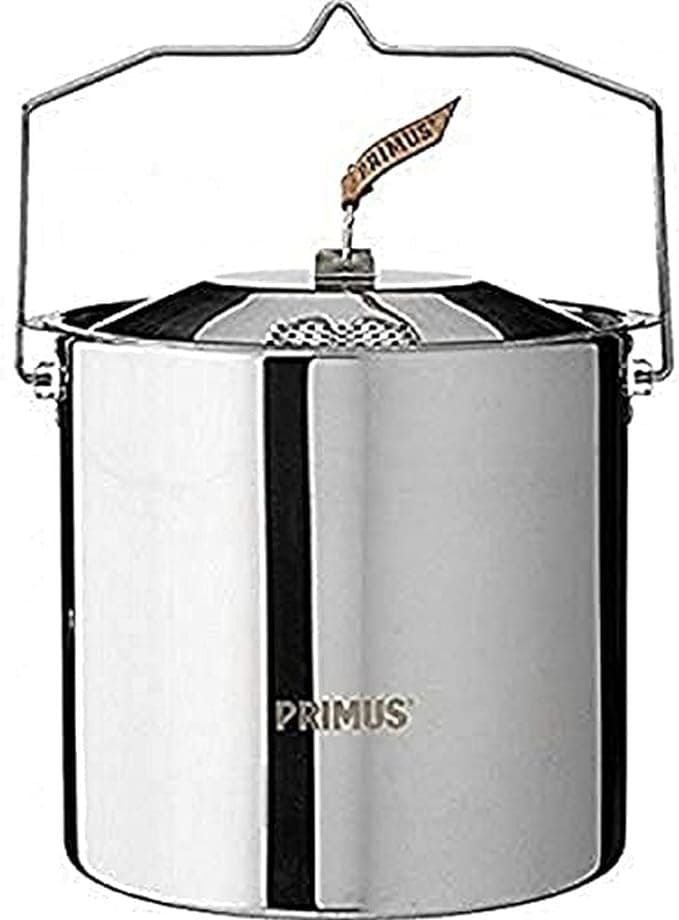
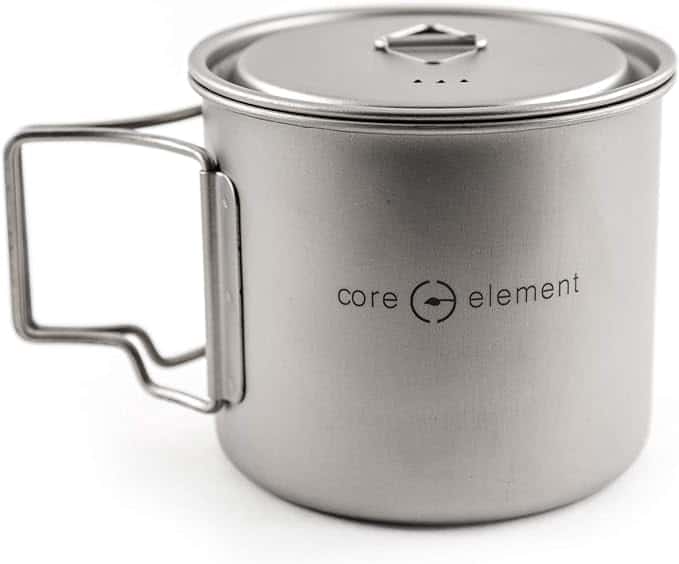



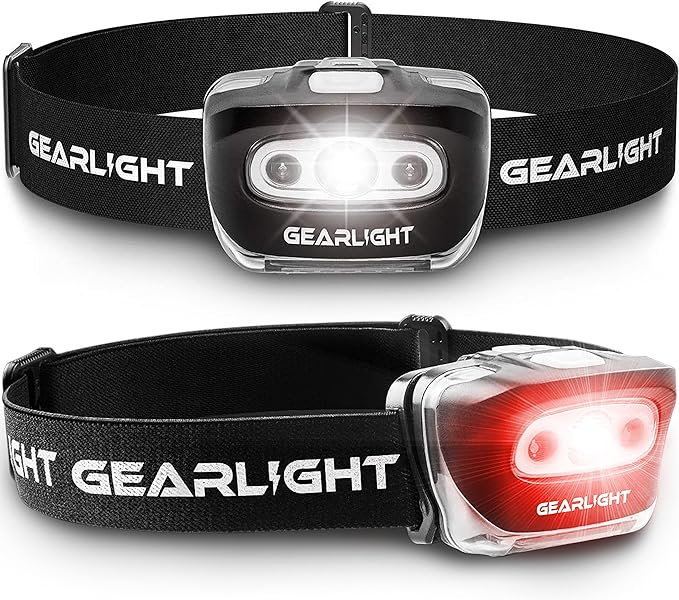
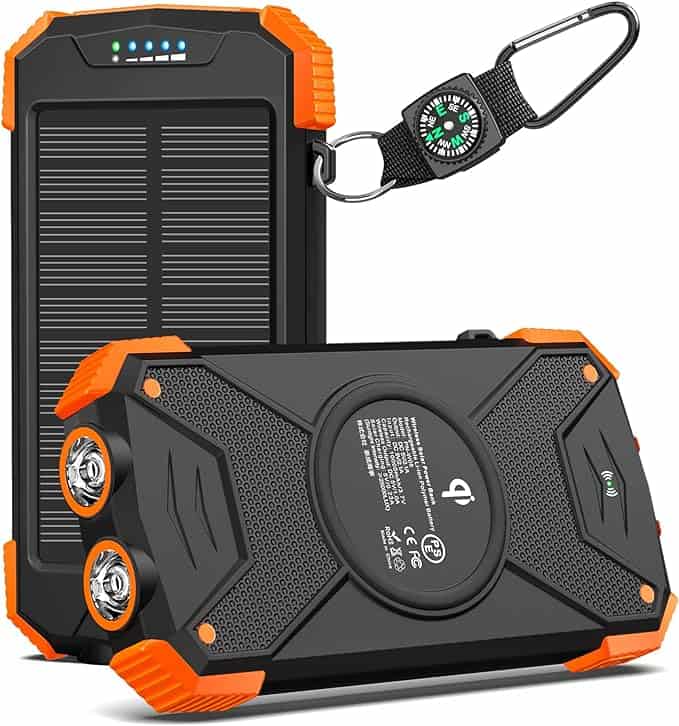
 Book Review: The Complete Idiot’s Guide to the Best Family Destinations
Book Review: The Complete Idiot’s Guide to the Best Family Destinations Book Review – All Aboard: The Complete North American Train Travel Guide by Jim Loomis
Book Review – All Aboard: The Complete North American Train Travel Guide by Jim Loomis Really Wild Tourism: 7 Unmissable Wonders for My Bucket List… and Yours?
Really Wild Tourism: 7 Unmissable Wonders for My Bucket List… and Yours? My Travel Bucket List
My Travel Bucket List

Nyemo Lekuona
Says:July 6th, 2023 at 12:43 am
What a amazing post